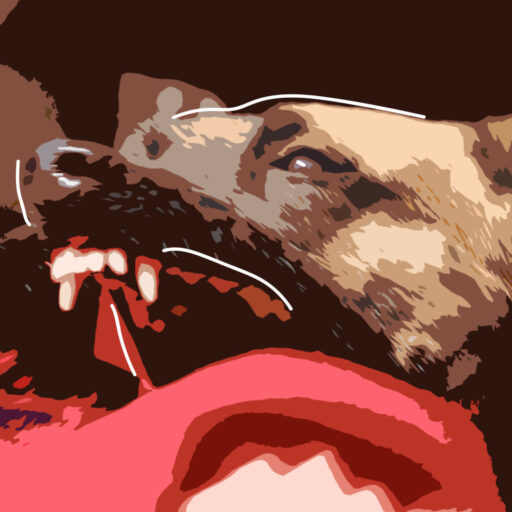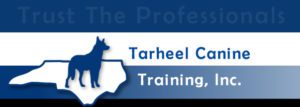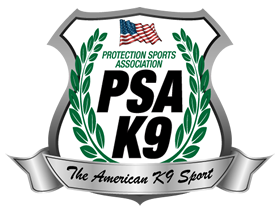Drive Suppression v Drive Capping
In this episode, Jerry Bradshaw discusses:
-
Mistakes made that lead to suppression, avoidance behavior, anxiety, or hesitancy in your canine.
-
Building thoughtful release behavior into the pressure.
-
Training your dog how to sit when in drive.
-
Rewarding the capping with something expressive, even if not a bite.
-
Tips for training drive capping properly.
Key Takeaways:
-
Excitement, expressiveness, and forward movement aren’t wrong. But you want the dog to learn how to hold that excitement in until released, not turn it off.
-
Suppression happens when you do not allow the release at the end of the wait.
-
You want to help the dog learn to find the advantage both in the quiet behavior and in the alert or expressive behavior.
-
You want to balance the capping and the expression. The dog needs to understand his advantage at every stage of the drive, including when capped.
-
When you’re learning capping skills, having a really good decoy who understands capping, who can read the dog, and understands every aspect of the situation is invaluable.
Get Jerry’s book Controlled Aggression on Amazon.com
Contact Jerry:
Find us on social:
Youtube, Twitter, Instagram, Facebook,
PSA (Protection Sports Association)
Slideshare: Tarheel Canine
Thanks to our sponsors:
PSA & American Schutzhund
Aaron’s Superior Canine Email
Train hard, train smart, be safe.
Show notes by Podcastologist Chelsea Taylor-Sturkie
Audio production by Turnkey Podcast Productions. You’re the expert. Your podcast will prove it.


